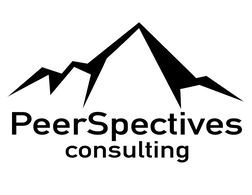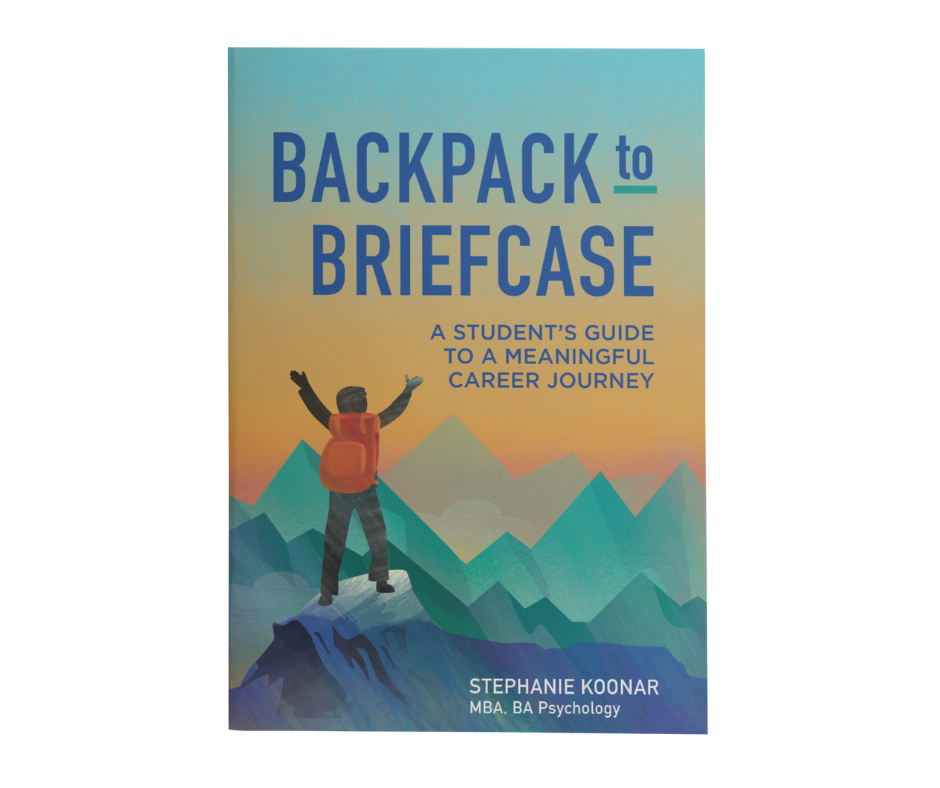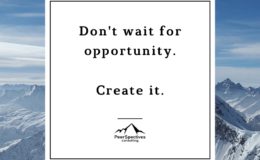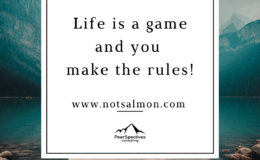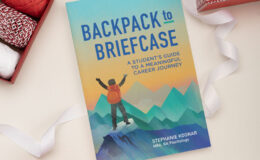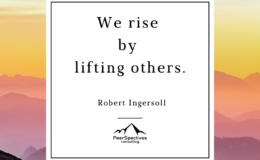We hope you are well and happy!
Charity Village, a career resource to over 170.000 charitable and non-profit organizations across Canada, recently published this article inspired by our quest to make work meaningful for everyone. We want to share it with you.
Job, Career, Calling: Which Leads to Happiness?
Shawn Achor in his book, The Happiness Advantage, refers to the research of Yale psychologist Amy Wrzeniewski where she found that employees can have three “work orientations”.
We can see our work as a Job, Career or Calling. If we see it as a Job, then our work is more of a chore and the pay is the reward. When people see their work as a Career, they see the opportunity to advance, succeed and they want to do well. However, the people that see their work as a Calling,
“view work as an end in itself; their work is fulfilling not because of external rewards but because they feel it contributes to the greater good, draws on their personal strengths, and gives them meaning and purpose”. (i)
If the above excerpt from my book, “Backpack to Briefcase, A Student’s Guide to a Meaningful Career Journey” resonates with you, then I ask you:
How do you see your work? As a Job, Career or Calling?
While the book is a guide for young people that are just setting out on their journey, we can all gain from understanding the ikigai framework, outlined in the first chapters.
The ikigai
Ikigai is a Japanese word that roughly means “your reason for being”. Activities in the book help readers identify their ikigai by discovering the answers to the 4 questions posed in the circles shown here. One’s ikigai is found where the four circles of the diagram intersect. (ii)
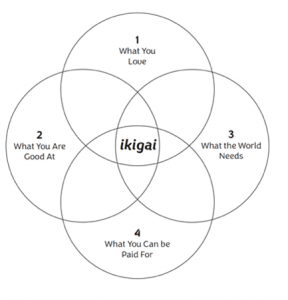
The ikigai circles capture:
Circle 1: What You Love
Circle 2: What You Are Good At
Circle 3: What the World Needs
Circle 4: What You Can be Paid For
The book is divided into three phases: Discover, Build and Launch. Readers will find activities to help them discover their ikigai, tips to build their experience, and job search strategies to launch their career. But what if you have already built your career and launched?
What if you were never introduced to the ikigai framework – is it too late?
Definitely not.
The reason is because your ikigai diagram isn’t set in stone. You don’t create it when you are young and never update it. It is constantly evolving as you learn and grow. As you move along your career journey you add, modify and adjust your ikigai diagram. It is to be used as a touchstone. Something to help you gauge if you are living on-purpose.
You may decide to complete the ikigai diagram and recognize that you are not living on-purpose. This might cause you to consider whether you should career pivot or possibly change your career entirely. If so, that may require you to Re-Discover, Re-Build and Re-Launch.
Re-Discover
If you find yourself in a role that no longer allows you to do what you are good at or do what you love anymore, this is important information to recognize. What can you do? At this point, see if at your current organization you can add duties to your role to allow you to contribute your talents and do more of what you love. Or consider if you could contribute and grow more if you moved to another position, within the same organization.
As you progress in your career, be alert to see if the values of the organization that you work for still align with your values. It is quite possible that the company culture has changed—or you might have changed —and this might lead you to seek out opportunities in other organizations or in a completely different sector.
Re-Build
Learning is a lifelong activity. While on your career journey you have probably been asked to build and re-build your skills. If you decide that a career change is necessary to allow you to live on-purpose you may need to build new skills or complete additional certifications to propel this career change.
Re-Launch
And last, if you realize that you have outgrown your role, a re-launch into another role or career could provide you with the opportunity to use your strengths to really make a difference.
It is never too late to uncover your ikigai or “your reason for being”.
And as research conducted by Happyologist Gary Reker has shown, “finding meaning and purpose in life leads to happiness, not the other way around.”
(i) Stephanie Koonar, Backpack to Briefcase, A Student’s Guide to a Meaningful Career Journey, (Vancouver: PeerSpectives Consulting Company Inc, 2021), 53.
(ii) Stephanie Koonar, Backpack to Briefcase, A Student’s Guide to a Meaningful Career Journey, (Vancouver: PeerSpectives Consulting Company Inc, 2021), 17.
(iii) Gary T. Reker, “The Meaning of Life,” in The World Book of Happiness, ed. Leo Bormans, (Richmond Hill: Firefly Books, 2011), 136.
************
At PeerSpectives Consulting, we offer young people support through our Backpack to Briefcase book/course/coaching bundle. We provide the proven steps to help young people to understand their strengths and how the world needs them. This leads to discovering new career paths that provide them with the work/life balance they seek.
If you know of a young person trying to identify a new career path or a career that offers better work/life balance, consider gifting our new book or accompanying course/coaching bundle to support them.
The book on its own costs $24.99 and you can purchase it through Amazon.
Our 4-week Backpack to Briefcase coaching bundle costs $850. The bundle includes the book, a CliftonStrengths Assessment, the facilitated course, and 4 private individual coaching sessions.
We have decided to offer GIFT Bundle Pricing. We have a promo code to waive $300 off of a GIFT Bundle, reducing the price to $550.00 when using our code: giftbundle
You can purchase the bundle for programs beginning on the 15th of October, November, December.
It sometimes takes a village to raise a young person and we are honored to help.
PeerSpectively yours,
Stephanie and Louann


